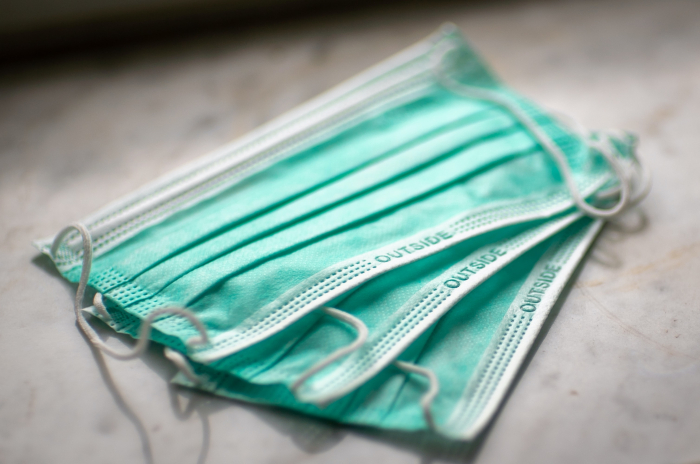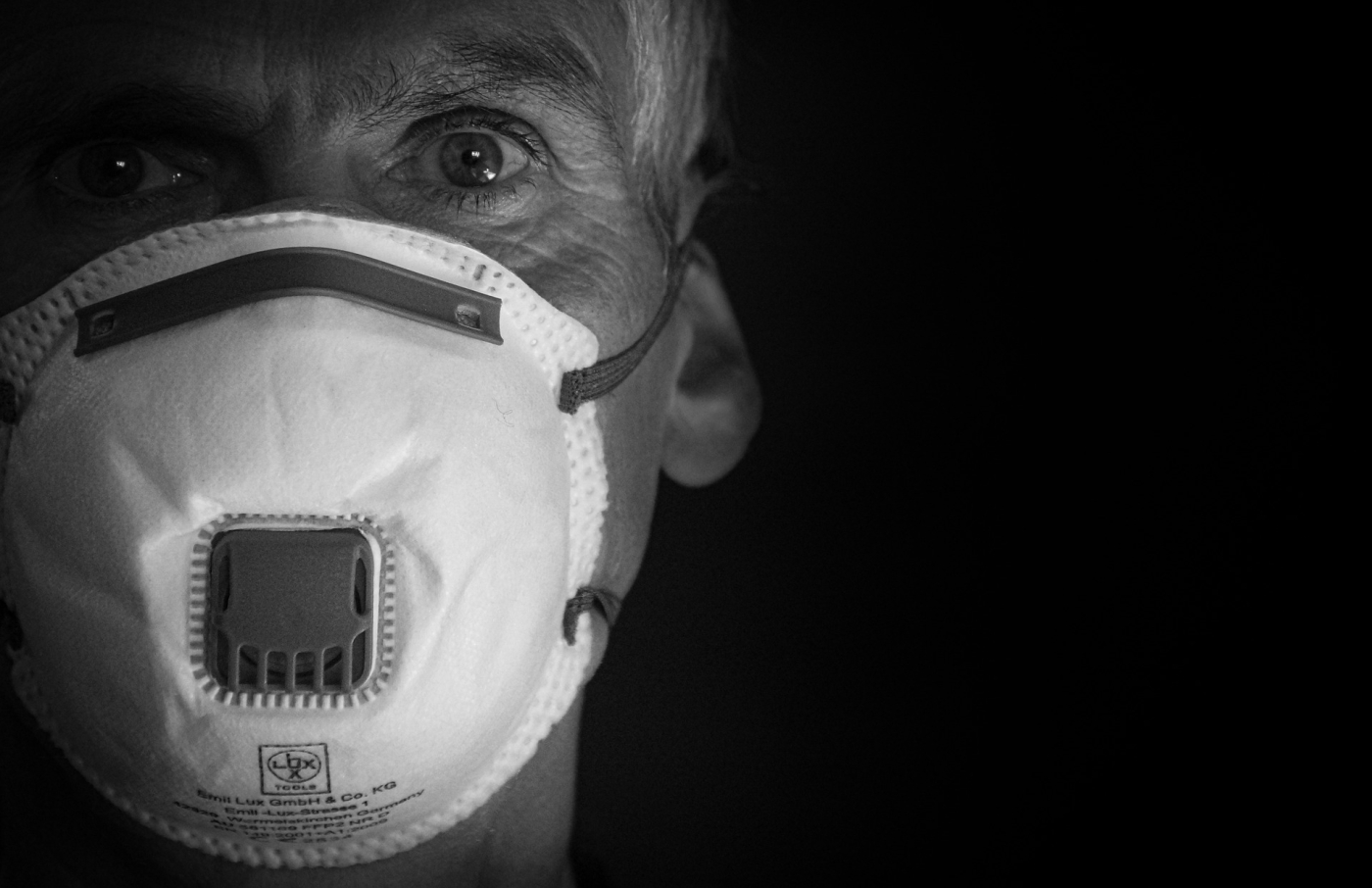Dr Stephen Cowley is an experienced occupational health and safety expert spending many years of his career working in industry. In the first part of this article, Steve discusses the selection of personal respiratory protective equipment. This part explores the use and storage and maintenance. You can catch up on part one which looks at selection here.
Use
Having selected PRPE, it is important that it is used and used properly.
A respirator must be fitted before work commences in an environment with contaminated air and it should not be removed until the work is complete and the contaminant(s) is no longer present. “Percentage Time Worn” is sometimes used to assess PPE usage. 100% time worn is desirable, although comfort issues, breathing resistance and communication difficulties may lead to periodic removal. Whilst this is often perceived as short-term and of low consequence, those periods result in unprotected exposure. Also, proper replacement with a check of the face seal is unlikely every time the device is put back on.
Maintaining clean-shaven faces as required during face fit testing is often difficult and the face seal obtained in everyday respirator use is usually inferior. Talking to respirator users about such matters and refreshing knowledge about achieving a good face seal will improve protection.
Storage and Maintenance
Having a clean respirator in good condition is important to personal hygiene and respirator effectiveness. Obviously disposable respirators such as FFP masks negate the maintenance issues although they should be disposed of after each use. I regularly see FFP respirators being re-used.
Maintenance of re-usable respirators can be complicated and training of the user is required unless a dedicated maintenance service is provided. A relatively simple orinasal half mask might have an inlet (non-return) valve behind each filter cartridge, one or two exhalation valves with covers, the head straps, and the facepiece itself. Full-face masks are further complicated as are powered devices. I have seen masks in use with valves not seating correctly and, in one case, the valve was missing after the respirator was serviced. Air will take the path of least resistance and thereby be drawn in through an open valve rather than the filter.
I often see half masks that have not been cleaned or otherwise maintained. It is less likely that such masks will be worn.
Clean storage facilities are important. It is common to see respirators lying on workbenches conveniently ready for the next use but accumulating dirt.
I have seen many instances of vapour cartridge respirators stored in the same locker as part-used paint cans or other chemicals. The vapour cartridges contain activated charcoal that collects (adsorbs) the organic vapours when contaminated air is drawn through. The charcoal will also passively adsorb vapours. This means that whilst lying in the locker, vapours are still being adsorbed and the charcoal progressively becomes saturated.
Respirator cartridges do not have indicators to guide the user on their level of saturation. Some manufacturers provide a user guide that, when the contaminant can be smelled or tasted, the cartridge is saturated and should be changed. The passage of the contaminant through the filter into the facepiece is referred to as a breakthrough. At this stage, the wearer is exposed to the contaminant. The aim should be to determine the maximum duration of use before the cartridges should be changed. This is difficult unless the likely airborne concentrations of the contaminant have been measured and can then only be an estimate of the life span.
Particulate filters can become clogged and thereby breathing resistance increases and making removal of the respirator more likely.
For any more information on RPE or anything else you’ve read here please contact [email protected] or call our offices on 01530 412777.



